How to Choose the Best Stud Stock for Your Farm
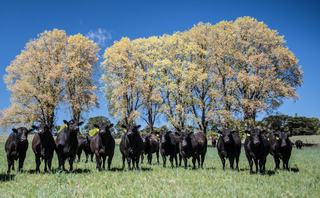

Selecting the right stud stock stands as one of the most consequential decisions in modern livestock farming. Research demonstrates that strategic genetic selection can elevate herd profitability by more than 20% within just three breeding generations. The foundation of any successful livestock enterprise rests upon the quality of its breeding animals, whose genetic merit will shape the productivity, resilience, and economic viability of future generations.
This comprehensive guide provides Australian farmers with a practical framework for making data-informed decisions when evaluating and acquiring stud stock, moving beyond traditional paddock assessment to embrace sophisticated selection methods when browsing platforms like Farmbuy. Whether you're establishing a new breeding programme or seeking to enhance existing bloodlines, understanding the principles of modern genetic selection will transform your approach to herd improvement and long-term farm productivity.
First Principles: Understanding Key Breeding Terminology
Contemporary livestock selection transcends visual judgement, requiring farmers to master the language of modern breeding science to make truly informed decisions.
Estimated Breeding Values (EBVs) form the cornerstone of cattle genetic evaluation, providing standardised predictions of an animal's genetic merit for certain traits. EBVs allow objective comparison between animals raised in different environments and management systems.
Australian Sheep Breeding Values (ASBVs) serve the equivalent function for sheep enterprises, offering crucial insights for both wool and meat production systems across different conditions in Australia.
Genomic Breeding Values (GBVs) represent the cutting edge of selection technology, utilising DNA testing to deliver enhanced accuracy predictions, particularly valuable when evaluating younger animals without extensive performance records.
The pedigree remains fundamental to understanding an animal's genetic heritage, revealing patterns of inheritance and helping identify carriers of both desirable traits and potential genetic defects that might not manifest visually. These scientific tools, readily accessible through breeding databases and increasingly available from sellers on Farmbuy, empower farmers to make selection decisions based on measurable genetic potential and not subjective appearance alone.
Must-Know Traits to Prioritise in Your Selection

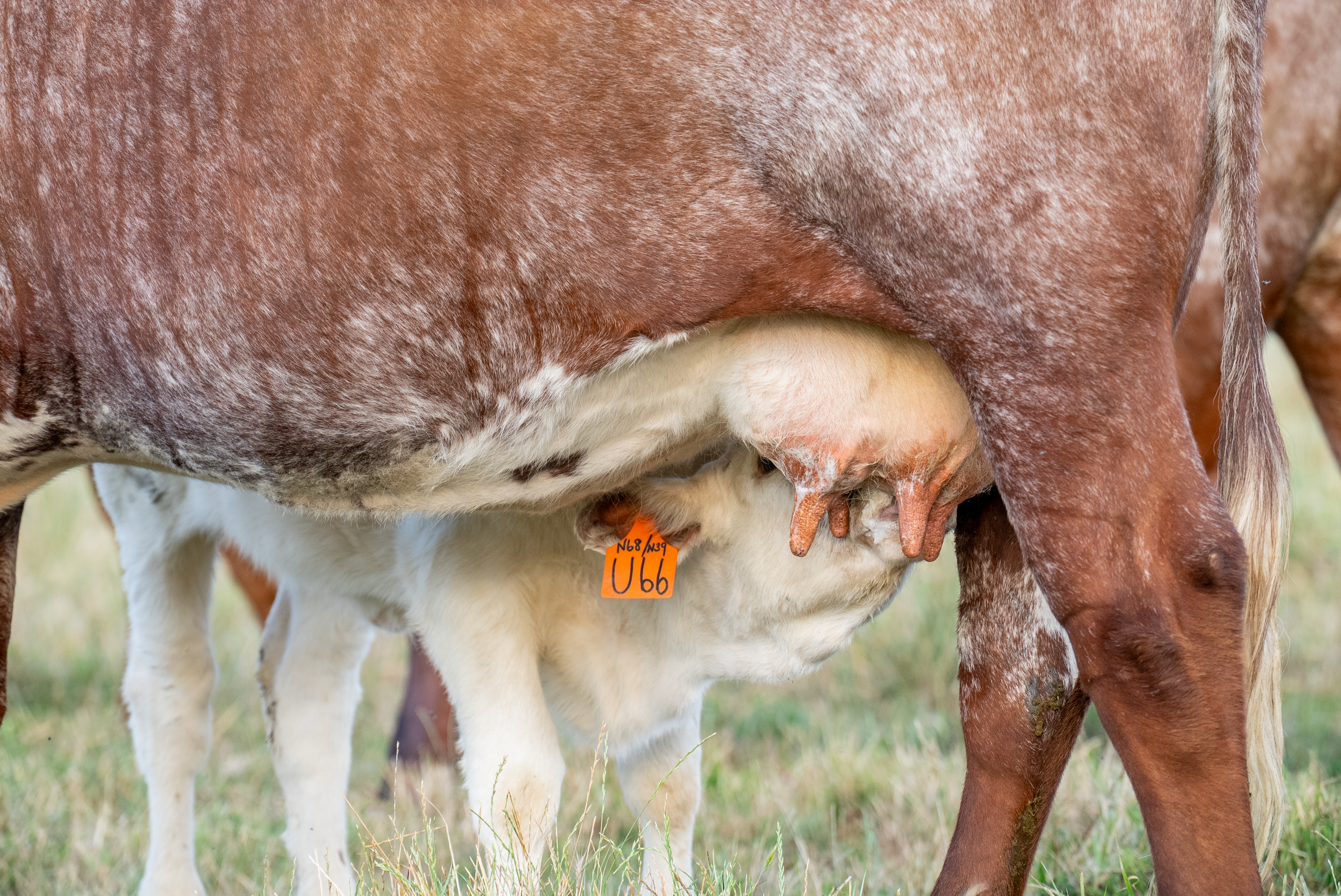
Eyeing Physical and Structural Soundness
Visual appraisal remains the essential first filter in breeding animal selection, as structural soundness impacts an animal's ability to thrive and reproduce effectively in Australian conditions. Critical physical attributes include:
- Proper conformation aligned with breeding standards
- Sound feet and legs capable of handling extensive grazing systems
- Appropriate body capacity for feed intake and reproduction
- Reproductive soundness indicators, such as adequate scrotal circumference in bulls or pelvic dimensions in heifers
The assessment extends beyond static observation to include movement evaluation, examining how animals walk and graze, their ability to mount and serve naturally, and their overall vigour and alertness. Animals that excel at said trait assessments signal that they possess robust health and constitutional strength essential for longevity in challenging environments.
The Power of Data: Decoding Performance Records
Performance records transform invisible genetic potential into actionable selection criteria. They can reveal traits impossible to assess through visual inspection alone.
When interpreting EBVs and ASBVs, positive values indicate above-average genetic merit for growth and production traits. Conversely, negative values prove desirable for calving ease or days to calving. Understanding these directional differences proves crucial for accurate evaluation.
Key performance indicators vary by enterprise. Beef operations prioritise 200-day and 400-day growth weights alongside intramuscular fat percentage for market premiums, while sheep producers focus on fleece weight, fibre diameter, and number of lambs weaned.
These data-driven insights, increasingly provided by Farmbuy's stud sellers, enable precise selection for economically important traits that compound value across generations. Improvements can take forms from improved feed conversion efficiency to enhanced carcass yield and quality grades that capture market premiums.
Temperament and Other Invisible Profit Drivers
Temperament emerges as a highly heritable trait and consequential to farm profitability, influencing everything from daily handling safety to maternal behaviour and stress-related production losses. Animals with mild temperament genetics require less labour for routine management, exhibit better weight gains due to reduced stress responses, demonstrate improved fertility rates, and show enhanced maternal instincts that translate to higher weaning rates and calf survival.
Disease resistance is another critical invisible trait. Substantial savings can be made in veterinary costs and production losses through genetic variation for parasite resistance, tick tolerance, and general immune function.
Feed efficiency genetics, measured through residual feed intake or feed conversion ratios, directly impact profitability, as feed costs make up 60-70% of production expenses on average.
Longevity traits are captured through 'stayability' EBVs indicating the likelihood of cows remaining productive to advanced ages. Good performers for this reduce replacement costs whilst maintaining genetic progress.
The multifaceted benefits above underscore why successful breeders increasingly prioritise comprehensive genetic evaluation over simple visual selection.
A Step by Step Guide to Finding and Evaluating Stud Stock
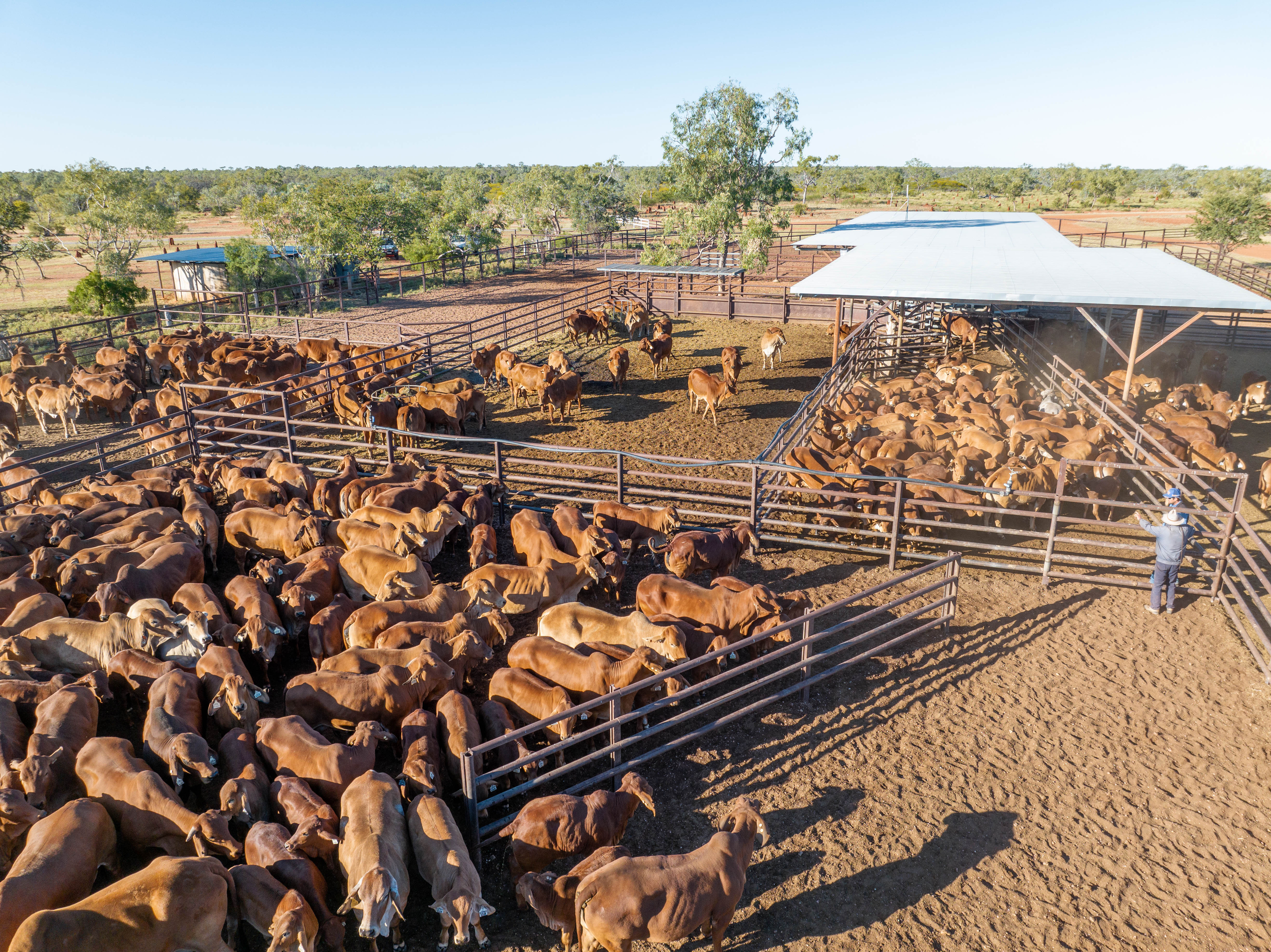
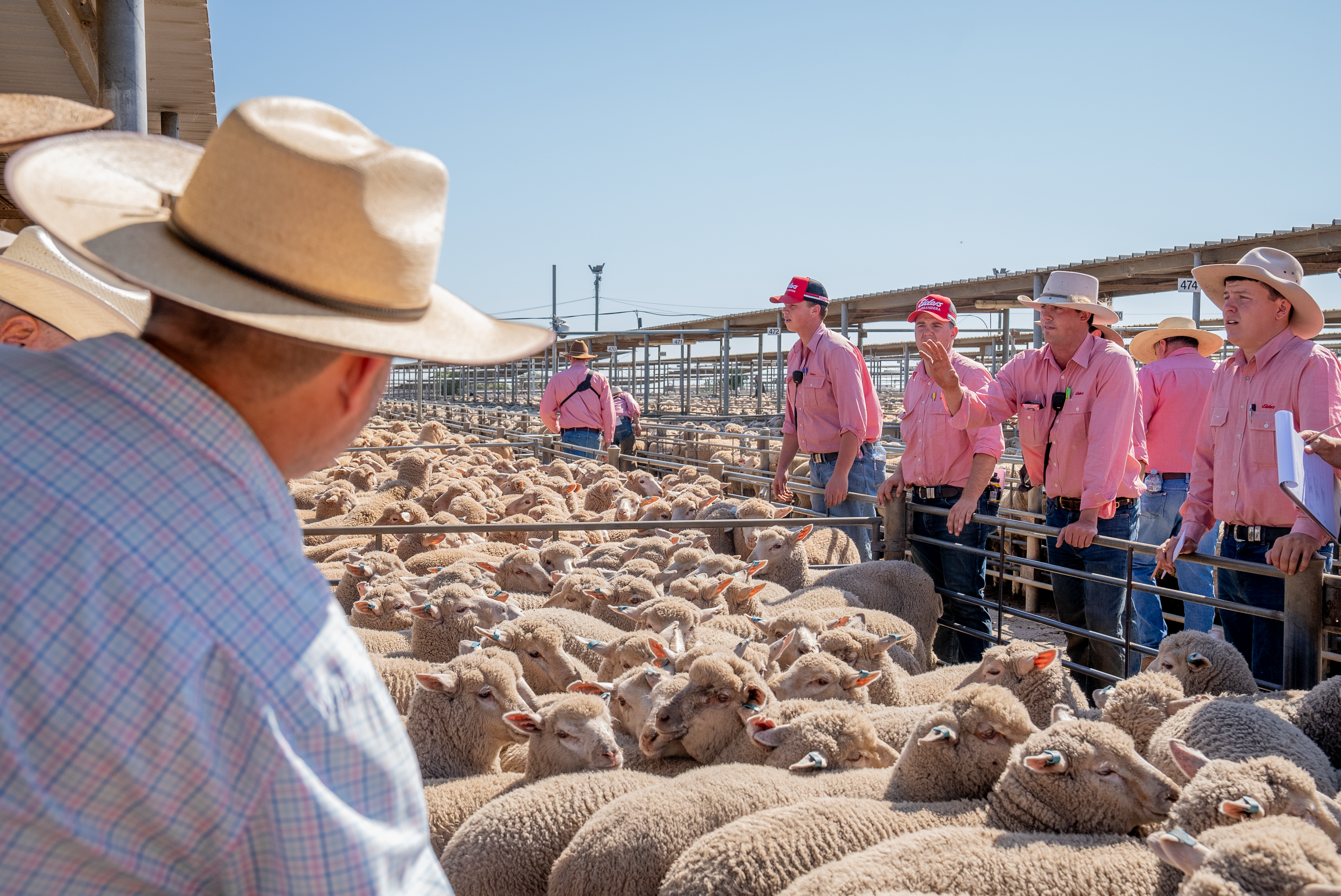
Where to Source Reputable Breeding Animals
Identifying trustworthy sources for quality stud stock requires understanding the various channels available and their respective advantages for different buying scenarios.
Established stud breeders offer the advantage of viewing animals in their production environment, accessing comprehensive performance records, and building long-term supplier relationships that extend beyond the initial purchase.
Multi-vendor and on-property auctions provide competitive pricing through transparent market mechanisms. Buyers may also compare multiple bloodlines in single events.
Breed association sales guarantee registered animals with verified pedigrees and performance data. They often feature elite genetics from leading studs committed to genetic improvement.
Online livestock marketplaces like Farmbuy have revolutionised accessibility, enabling farmers to search nationally for specific genetic profiles, compare prices across regions, and access detailed performance data before travelling to inspect animals.
Critical biosecurity considerations include requesting vendor declarations, understanding the health status of source properties, implementing appropriate quarantine protocols, and avoiding purchases from unknown sources that might introduce diseases or compromise your existing herd's health status. It would be wise to implement these protective measures to preserve animal welfare and economic viability.
Key Questions to Ask Breeders and Sellers
Thorough questioning of potential suppliers reveals crucial information that influences both immediate purchase decisions and long-term breeding success.
Health history inquiries should cover comprehensive vaccination protocols, including dates and products used; parasite management programmes with recent faecal egg count results, disease testing status for conditions like Johne's disease or pestivirus, and the overall health management philosophy of the source property.
Genetic information requests must encompass full performance records with current EBVs or ASBVs, detailed pedigree information extending at least three generations, genomic testing results if available, and explanations of any notable ancestors or genetic trends within the bloodline.
Management background affects adaptation success. Request details about nutritional programmes from birth to sale, handling frequency and methods that shape temperament, previous exposure to various pasture types and environmental conditions, and any supplementary feeding that may affect post-purchase performance.
Commercial terms deserve equal scrutiny. Do discuss fertility guarantees or breeding soundness examinations, health warranties and recourse for undisclosed conditions, delivery arrangements and associated costs, and ongoing support for breeding advice or record access.
Before making your livestock purchase from platforms like Farmbuy, conduct thorough due diligence by analysing seller information and verified breeder profiles.
Analysing Stud Stock Sales Results for Insights
Historical sales data provides powerful market intelligence that guides purchasing strategies and validates genetic investment decisions. Studying stud stock sales results reveals which sires consistently produce high-value progeny, identifying bloodlines that command premium prices due to proven commercial performance. Price trend analysis across multiple sales highlights seasonal variations, regional preferences for certain traits, and emerging market demands that signal future profitability opportunities. Comparing results between different studs and sales venues exposes value opportunities where quality genetics might be undervalued due to location, marketing, or timing factors.
This analytical approach transforms sales results from just price lists into strategic planning tools. Using this method, farmers can identify optimal purchasing windows, understand the economic value of particular EBV combinations, and predict future market directions for different genetic profiles. Access to these insights proves invaluable when planning long-term breeding programmes that are aligned with market demands.
Final Thoughts on Maximising Your Investment
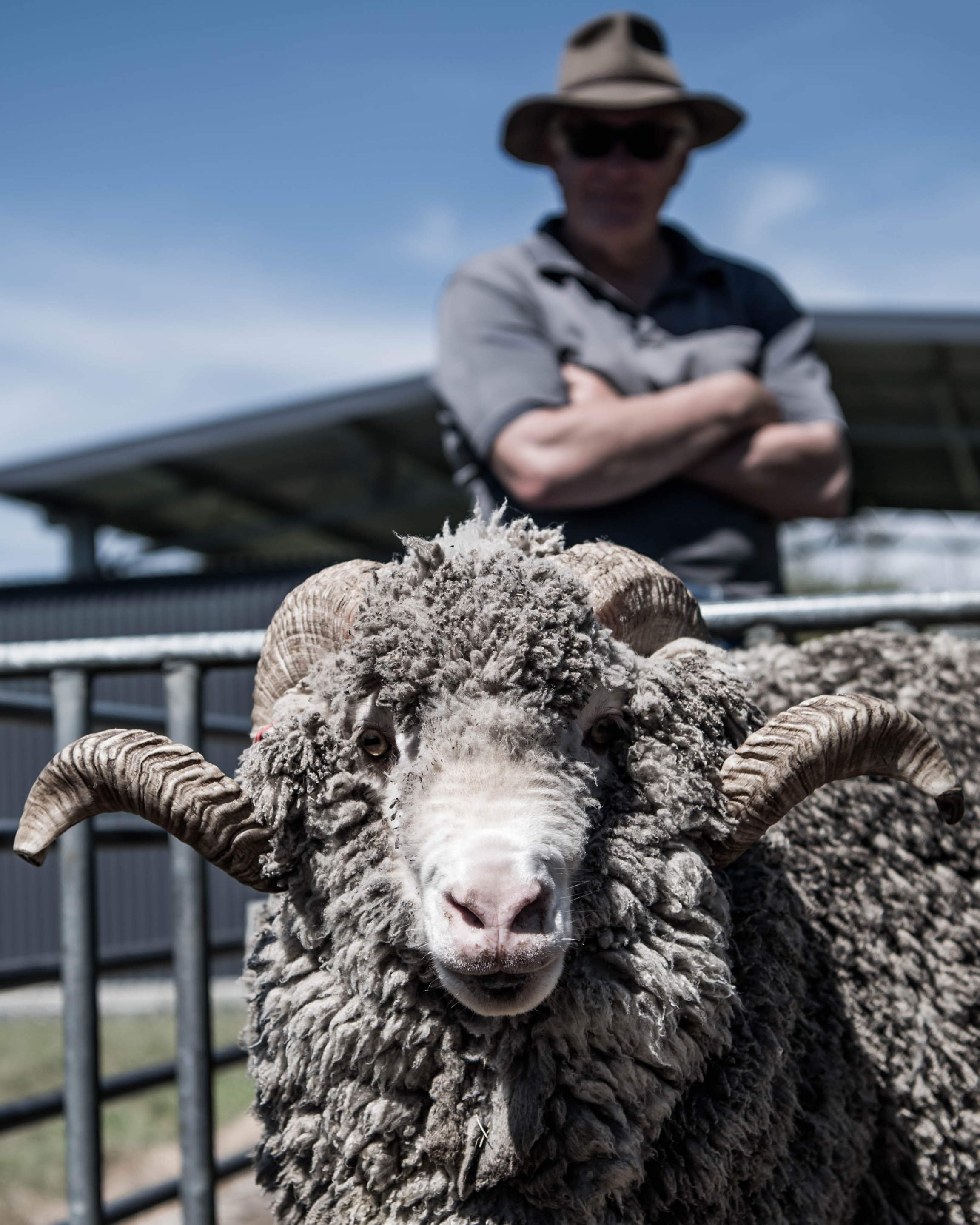
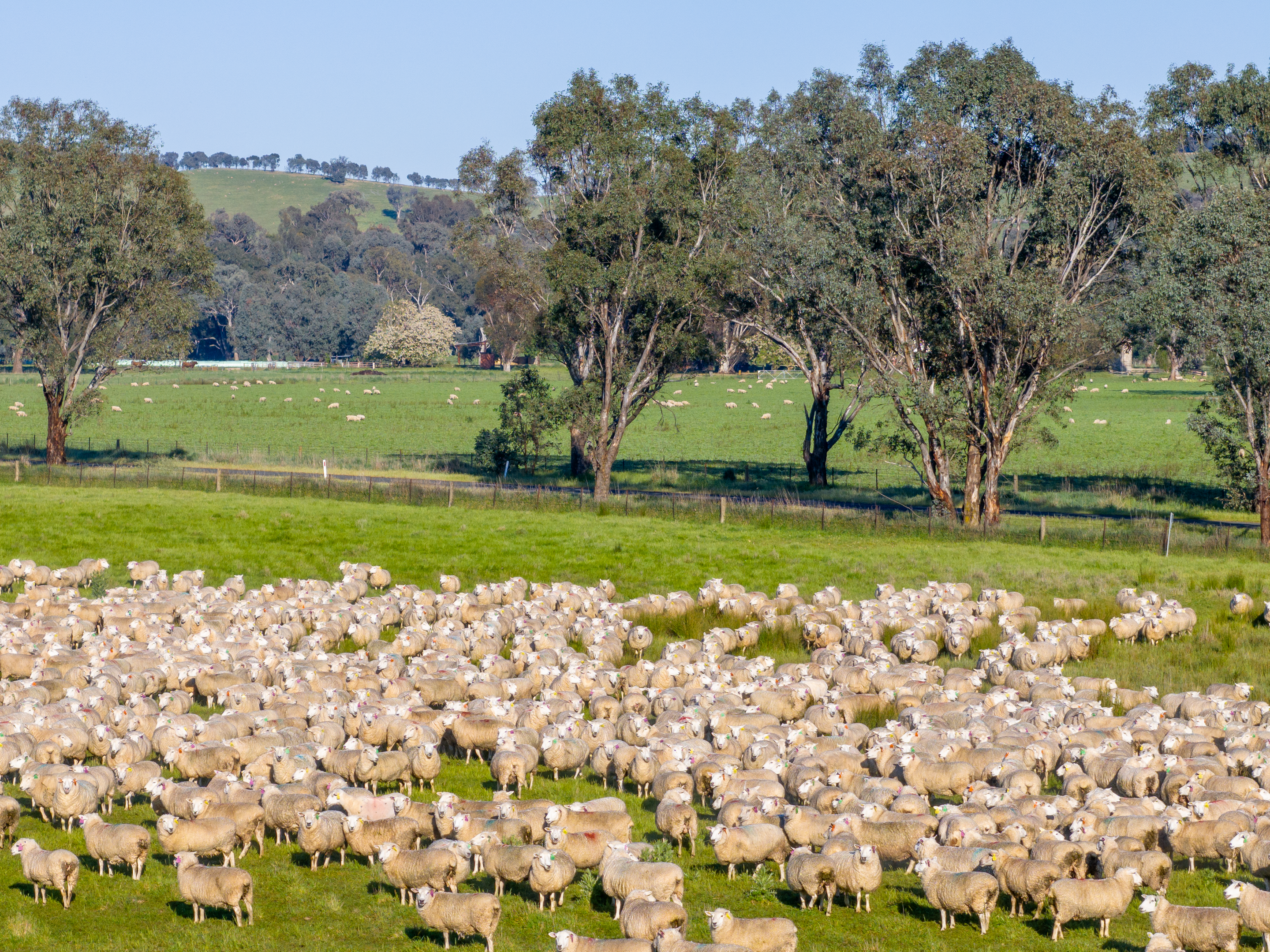
Strategic stud stock selection can be regarded as a foundational investment that generates compound returns through genetic improvement across successive generations. Due to this, the initial decision's quality is paramount to long-term success.
The integration of visual assessment with objective performance data, guided by clear breeding objectives aligned with market demands and production systems, creates a selection framework that balances immediate needs with future opportunities. Superior genetics influence every aspect of farm profitability, from reduced input costs through improved feed efficiency and disease resistance, to premium market access through consistent quality and specification compliance. This investment mindset shifts focus from initial purchase price to long-term lifetime value. Quality breeding animals contribute genetic improvement that persists for decades, multiplying returns through their descendants' enhanced performance. Crucial as foundational acts are building partnerships with reputable breeders, leveraging marketplaces such as Farmbuy for comprehensive market access, as well as maintaining disciplined selection criteria based on measurable traits rather than trends or tradition. Actioning these will establish the genetic base for a resilient, profitable livestock enterprise positioned to thrive amidst evolving market conditions and environmental challenges.
Frequently Asked Questions
What is the main purpose of selecting breeding animals?
The primary objective involves improving your herd's genetic merit to enhance productivity, profitability, and resilience through targeted selection for economically important traits. Points of consideration are growth rates, fertility, disease resistance, and product quality that align with market demands and production systems.
How do I know if a livestock breeder is reputable?
Reputable breeders demonstrate transparency through comprehensive record-keeping. They should maintain robust health programmes with documented protocols, provide positive client testimonials and references, hold active membership in relevant breed associations, and willingly facilitate property visits and detailed discussions about their breeding philosophy and animal management.
What are the biggest risks of buying breeding stock from unknown sources?
Primary risks include introducing devastating diseases into your herd, acquiring animals with poor genetics or hidden genetic defects that manifest in offspring, dealing with undisclosed fertility or temperament issues that compromise productivity, and lacking recourse for problems due to absent guarantees or seller accountability.
What is more important, physical appearance or performance data?
Both prove critical for different reasons. Physical and structural soundness ensures animals can thrive and reproduce in your environment. Meanwhile, performance data reveals genetic potential for key traits that are invisible to visual assessment. The integrated evaluation of both is essential for optimal selection decisions.
How can I avoid inbreeding in my herd?
Preventing inbreeding requires maintaining accurate pedigree records for all breeding animals, strategically introducing unrelated bloodlines from diverse genetic sources. Avoid excessive use of single sires, particularly in closed herds, and utilise mating allocation programmes that monitor relationship coefficients.
What is the return on investment for high-quality stud stock?
Whilst initial costs exceed commercial animals, returns manifest through several ways. These can be improved offspring performance that generates premium prices, enhanced fertility that reduces replacement costs, superior feed efficiency that lowers input expenses, reduced veterinary costs through disease resistance, and accelerated genetic progress that compounds value across generations.
What are the first health checks to perform on new breeding stock?
New arrivals require immediate quarantine for 4-6 weeks minimum. Conduct comprehensive veterinary examination, including reproductive soundness evaluation; test for endemic diseases relevant to your region, screen for and treat parasites, and verify that all vaccinations align with your herd health protocol before integration.
How does temperament affect my farm's bottom line?
Good temperament reduces labour costs through easier handling, minimises injury risk to workers and animals, improves reproductive performance through reduced stress, enhances maternal behaviour, which increases weaning rates, and facilitates better weight gains through calmer disposition during feeding and management.
What does an Estimated Breeding Value (EBV) actually tell me?
An EBV predicts an animal's genetic merit for traits compared to breed average, enabling objective comparison between animals regardless of their rearing environment. Accuracy values indicate reliability based on available performance data from the individual and relatives.
How do I integrate new breeding animals into my existing herd?
Following strict quarantine, introduce animals gradually using fence-line exposure for social acclimatisation. Monitor them closely for health issues and social integration during initial weeks, and ensure nutritional transition if feeding differs from property of origin. Make sure to also maintain detailed records of adaptation and early performance indicators.







